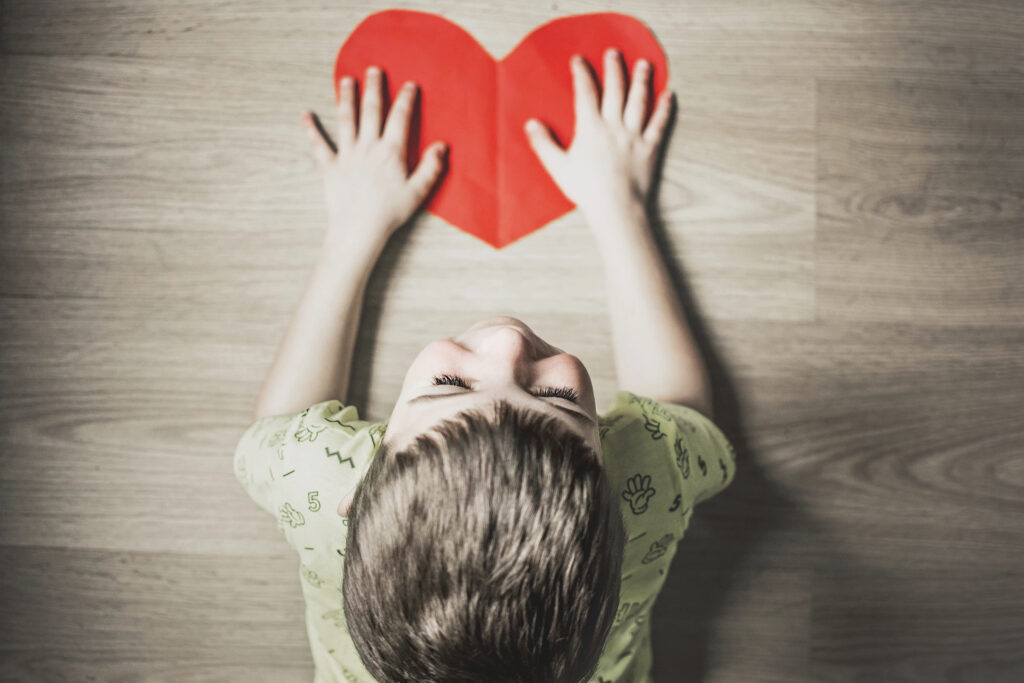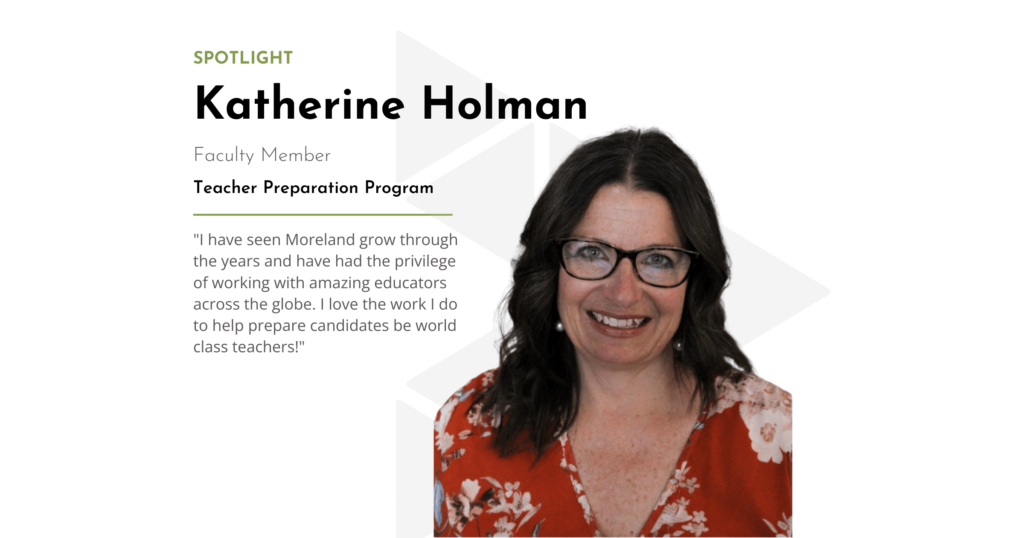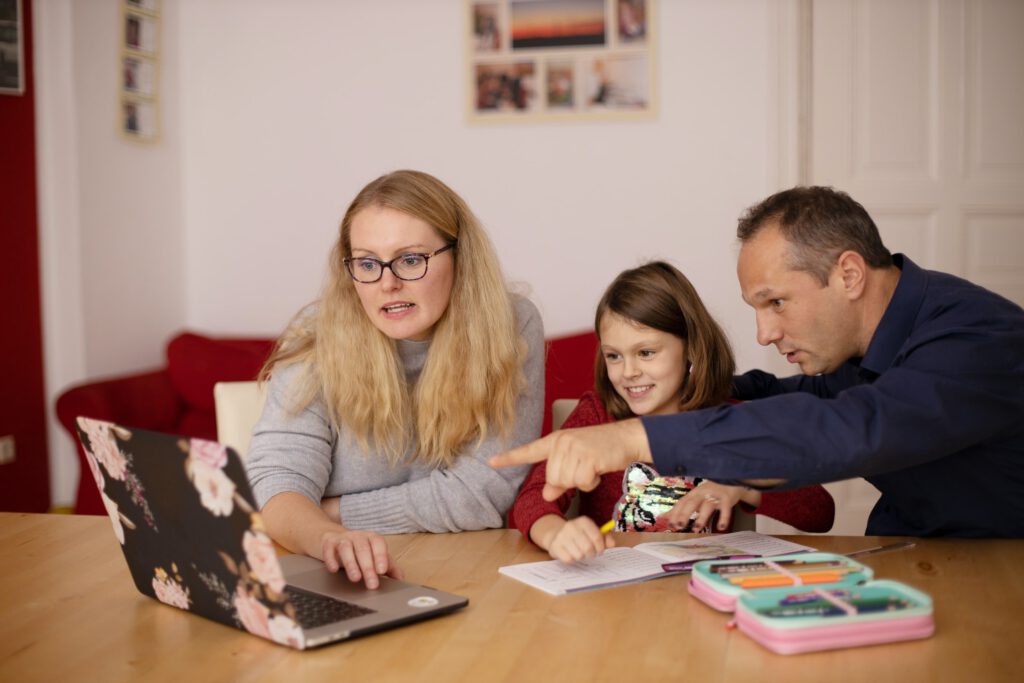Incorporating SEL into Classroom Management
| by Lynn Beal, Ed.D.
Providing systematic support to close the learning gap for students who fall behind, especially those with special needs, has been a main subject of debate in education the past ten to 15 years. Since the pandemic, the learning gap has become a scorching topic as COVID-19 disrupted education around the world with extended school closures and abrupt changes to school operations. As students throughout the world returned to school in 2021, schools and other organizations took different approaches to address learning gaps. Many schools reported having very little success. Where did they go wrong? The result of a study conducted by Moreland University might shed some light.
With responses from more than 500 teachers, administrators, and educational providers worldwide, this inquiry aimed to provide a comparative picture of the gaps in student learning and social-emotional development. Based on the results, teachers saw more significant COVID-19 impacts on social-emotional development (83.3%) than on academics (79.4%). Also, social-emotional development loss appeared to trend higher than learning loss with 6.2% more respondents selecting a social-emotional development loss between one and a half and two and a half years than learning loss of the same amount. According to free-response comments provided by participants, social-emotional development concerns, the feeling of stress and overwhelm, and grief were considerable challenges for students while classroom management and behavioral difficulties were obstacles for teachers.
Based on the results above, we can be confident that teachers can lessen the learning gap by consistently using effective classroom management strategies that incorporate social-emotional learning (SEL) into daily practices.
Classroom Management
Classroom management is a fundamental skill set for teachers to facilitate structured learning for students in grades K-12. These strategies are essential for special education teachers, in particular, who must establish clear boundaries with high expectations for students who face cognitive, social, and emotional challenges. Teachers can begin by constructing an organized classroom, developing and reinforcing transitions, and creating agreements through student-teacher collaboration.
What does an organized classroom look like? An organized classroom should have a logical place and space for all walking areas, working locations, student materials, and academic resources. Each section of the classroom should be clearly labeled and accessible. In an elementary classroom, for example, students might have their names on desks with cubbies that match; supplies might be labeled in pull-out drawers.
However, a secondary classroom might have computer workstations, textbooks, and supplies available to students as they work independently and collaboratively. When planning a classroom layout, teachers must consider walking pathways to approach students, provide instruction, and facilitate collaboration. Students should clearly understand each transitional process to enter the classroom, access supplies, arrange materials for collaborative learning, return to traditional seating arrangements, and exit the classroom. Teachers should guide students through each process and allow them to practice each transition, particularly students with special needs who will benefit from this kinesthetic learning process. Teachers should also consider routines for restroom requests, asking questions, sharpening pencils, getting a drink of water, and other common tasks. Teachers even use hand signals to avoid classroom disruptions. There are countless routines to consider!
Teachers should observe and redirect students who do not follow the established procedures. When teachers invest time at the beginning of the year to teach routines and establish norms which they review and refresh consistently, they gain precious instructional time. Inefficient transitions use up five to ten minutes of class each day! Consider the following:
- How often do students experience shifts or transitions in the classroom?
- How many minutes are lost each day from each chaotic transition?
Multiply that number by the number of days in a school year with approximately 190 days. Instead of constantly directing and redirecting routine tasks, teachers reclaim transition time to instruct, review, or extend academic standards.
SEL and Behavior
Imagine the following scenario: You can hardly contain your excitement as, after two years, the day is finally here to welcome students back on campus. There is a smile on your face as you picture students laughing, playing, having productive conversations, sharing meaningful experiences, and simply creating happy memories. You have big plans to make up for lost time. In the first couple of days, you introduce behavior and collaboration norms and incorporate team-building activities in daily practice. Classroom activities and interaction seem to flow well initially, so you pat yourself on the back. But after a week or so, students do not appear to be forming a community or engaging as readily as expected. Collaboration, in particular, is a challenge no matter how hard you try to facilitate group work. Conflicts and arguments arise throughout the day and students require help to solve even minor disagreements. The intensity of their reactions does not align with the size of the problem. They have difficulties taking turns, agreeing on group roles, considering peers’ perspectives, and using age-appropriate communication skills.
This scenario is common for teachers in classrooms around the world. Given months of virtual schooling and the resulting isolation that has become ubiquitous due to COVID-19, teachers must be prepared to support students who struggle with social interaction, emotional regulation, and other elements of social-emotional learning (SEL). As demonstrated in Moreland’s report on Impacts of COVID-19 on Learning & Social-Emotional Development, the epidemic’s impact on social-emotional development will influence students’ lives and learning over the next couple of years. Rates of depression and anxiety have skyrocketed in young people due to the grief, isolation, stress, and fear of the pandemic. Moreover, when the brain is under stress, learning is negatively impacted because executive functions required for learning—higher-order thinking, metacognition, working memory, and attention—are disrupted. These increased concerns for students’ mental and emotional health have caused a sense of urgency to address SEL losses and gaps.
Integrating SEL into all aspects of schooling is critical for student success and happiness, as well as family wellbeing. There are many ways to incorporate SEL into daily instructional practice: Schools with counselors might integrate reflective practices along with opportunities for mental and emotional support by following a system similar to the Delaware Department of Education’s guidance program. Teachers might design classroom-based guidance lessons that focus on empowering students to identify and express feelings, use positive conflict resolution strategies, build and maintain healthy friendships, and develop responsible decision-making skills. Even mindfulness breaks regularly integrated throughout instruction bolster self-esteem among students while increasing attention and comprehension!
Teachers can leverage the ”noticing, modeling and discussing” approach to ensure children understand how to identify their emotions, access strategies to manage them, and show empathy for others. Students will grow to create positive friendships and make responsible decisions. Also, teachers can address positive self-regulation via activities that help students determine the size of the problem as they work independently and interdependently to solve problems that commonly arise in student-centered classrooms. These analytical activities promote creativity, critical thinking, and social-emotional development.
What’s Next?
There is much work to be done to foster thriving communities of learning and collaboration as teachers and students enter the coming school year. The challenges for students, particularly students with special needs, are considerable as they return to an environment with high cognitive demands and constant interactions with peers. In addition to the strategies listed here, teachers must also celebrate students’ incredible resilience through the most profound crisis of a generation.
Lynn Beal, Ed.D. & Virag Szalai, M.Ed.



